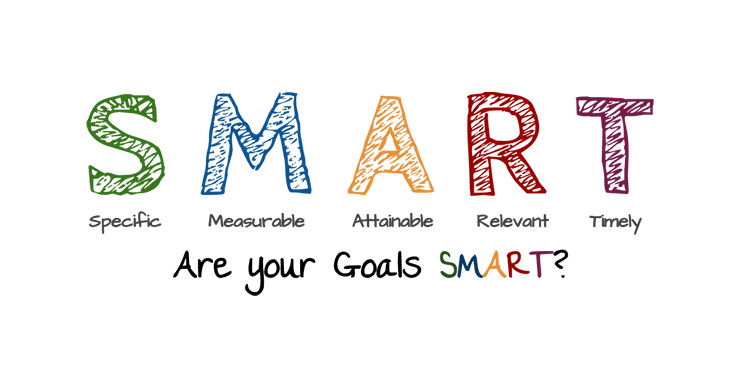
Setting SMART Goal For Students
Scoring goals on the sports field is all about teamwork and the glory is shared by the team. What about goals for the individual in the classroom? How can each student set goals and achieve the results they wish for? Academic goals are challenging, but with some goal-setting skills, the students can work towards reaching their potential. It takes some planning and a few steps at a time, in measurable chunks, to get results.
Goal setting is a life skill and need not necessarily be academic. Students can learn to set goals for behavioural issues, health and fitness targets and all manner of objectives. Learning how to set goals teaches perseverance and helps with organisational skills. Goal setting can begin early on in a child’s school career and the method of setting goals will always be a good tool for growth in the future.
The S.M.A.R.T. goal planner is widely recognised for its simplicity and suitability for students. The acronym stands for:
- Specific. The goal must be something the student can identify with and know.
- Measurable. The plan to achieve this goal must be something within reach.
- Attainable. The student needs to be able to achieve this goal.
- Relevant. Set the goal for something that the student sees as realistic.
- Time bound. There needs to be a time frame, an end date that the student is working towards otherwise the goal is not achievable.
When you have identified the goal set out a time line and work out the time you plan to take – this is the measurable part of the plan. Fill the timeline with the measurable chunks of activity to see progress being made and the goal being reached. The measurable chunks will depend on the end goal. Set your goals out in a chart or diagram so you can check off the measurable chunks and the days and date leading up to the end goal.
Review the plan when you have set it out and look for obstacles or challenges. Have a support group with family and friends. Students don’t have to feel alone in working towards their goal. A few supportive friends and family will always add the encouragement needed.
Don’t miss the target
Whilst SMART goals are a very common strategy. It can be very tempting to set binary goals, meaning goals that are singular, ‘ 80% on my maths exam’ but what we’ve found is that in order to really work, goals must scale.
David Allen suggests an MTO method, Minimum, Target and Outrageous. The key is that the minimum goal must be what you can be counted on to achieve based on past performance, e.g. before we starting going forwards let’s focus on not going backwards.
In the above example you may consider setting the goal as follows:
Minimum – 70%
Target– 80%
Outrageous – 85%
Goal setting also shows students how to believe in themselves as they achieve their measured targets and ultimately reach their goals. Scoring something for yourself has a wonderful feeling of self-achievement and motivation. Students will be ready to build on success and set the bar higher each time as they reach their goals.


